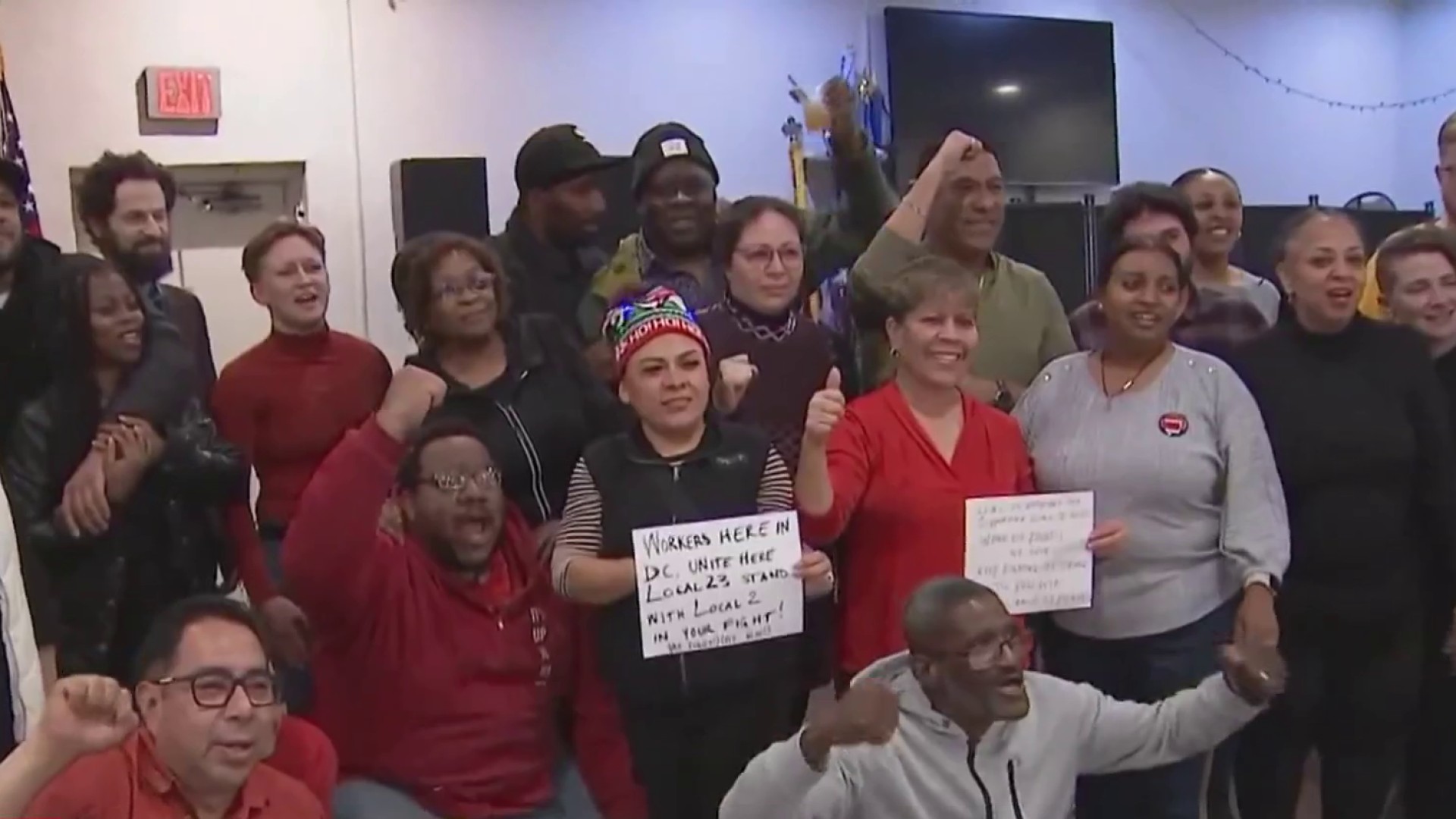The Biden administration is unveiling a completed rule aimed at reining in the proliferation of ghost guns, firearms without serial numbers that have been turning up at crime scenes across the nation in increasing numbers.
The White House and the Justice Department argue that regulating the firearms parts and requiring dealers to stamp serial numbers on ghost guns will help drive down violent crime and aid investigators in solving crimes. Gun groups, however, argue that the government is overreaching and that its rule violates federal law.
Here’s a look at ghost guns and the debate brewing in the U.S.
WHAT ARE GHOST GUNS?
We've got the news you need to know to start your day. Sign up for the First & 4Most morning newsletter — delivered to your inbox daily. >Sign up here.
They are privately-made firearms without serial numbers.
Generally, firearms manufactured by licensed companies are required to have serial numbers – usually displayed on the frame of the gun – that allow officials to trace the gun back to the manufacturer, the firearms dealer and original purchaser.
Ghost guns, however, are made of parts and are then assembled together. The critical component in building an untraceable gun is what is known as the lower receiver. Some are sold in do-it-yourself kits and the receivers are typically made from metal or polymer.
Politics
Political news from the U.S. Capitol, White House and around Washington, D.C., Maryland and Virginia
An unfinished receiver — sometimes referred to as an “80-percent receiver” — can be legally bought online with no serial numbers or other markings on it, no license required. Under the current rules, the federal government does not consider unfinished lower receivers to be firearms.
WHAT DOES THE RULE DO?
It changes the definition of a firearm and will require federal firearms dealers to add serial numbers to ghost guns that come their way.
The Bureau of Alcohol, Tobacco, Firearms and Explosives has, for years, said that unfinished lower receivers don’t meet the legal definition of a firearm. And there is nothing illegal about building your own firearm.
It’s legal to make your own firearm if it’s for your personal use and you don’t intend to sell it. But if you open a business selling guns, you need a federal firearms license.
Under the new rule, the definition of a firearm would change to include unfinished parts, like the frame of a handgun or the receiver of a long gun. The rule also would require those parts to be licensed and include serial numbers. Dealers would also need to run background checks before a sale — just like they do with other commercially made firearms.
The requirement applies regardless of how the firearm was made, meaning it includes ghost guns made from individual parts, kits, or by 3D-printers.
It also will compel federally licensed dealers and gunsmiths who take in firearms without serial numbers to add serial numbers. That means, for example, if someone sells a ghost gun to a pawn broker – or other licensed dealer – the dealer must put a serial number on it before selling the gun to someone else.
HOW PREVALENT ARE GHOST GUNS?
Ghost guns aren’t new. But they are becoming a growing problem for law enforcement agencies across the U.S.
Federal officials have been sounding the alarm about the growing black market for homemade, military-style semi-automatic rifles and handguns. And guns without serial numbers have been turning up more frequently at crime scenes. They have also been increasingly encountered when federal agents buy guns in undercover operations from gang members and other criminals.
Ghost guns really popped into the public consciousness in 2013 when a gunman, John Zawahri, opened fire on the campus of Santa Monica College in California. Six people were killed, including Zawahri’s father and brother. The suspect had assembled an AR-15 after failing a background check at a gun dealer.
A gunman who killed his wife and four others in Northern California in 2017 had been prohibited from owning firearms, but he built his own to skirt the court order before his rampage. And in 2019, a teenager used a homemade handgun to fatally shoot two classmates and wound three others at a school in suburban Los Angeles.
The sale of ghost guns has exploded since then. It is hard to say how many are circulating on the streets, in part because in many cases police departments don’t contact the government about the guns because they can’t be traced.
Justice Department statistics show that nearly 24,000 ghost guns were recovered by law enforcement at crime scenes and reported to the government from 2016 to 2020. The New York Police Department said officers found 131 firearms without serial numbers since January.
WHAT HAPPENS NEXT?
The Justice Department said the rule goes into effect 120 days from the date of publication in the Federal Register. But it's likely the rule will be met with heavy resistance from gun groups and draw litigation in the coming weeks. Even reaching the point of introducing a rule has taken more than a year. Biden announced plans to impose tighter regulations on ghost guns in April 2021.
Gun Owners of America vowed that it would immediately fight the rule and that it would sue the ATF “to halt the implementation of this rule.”



